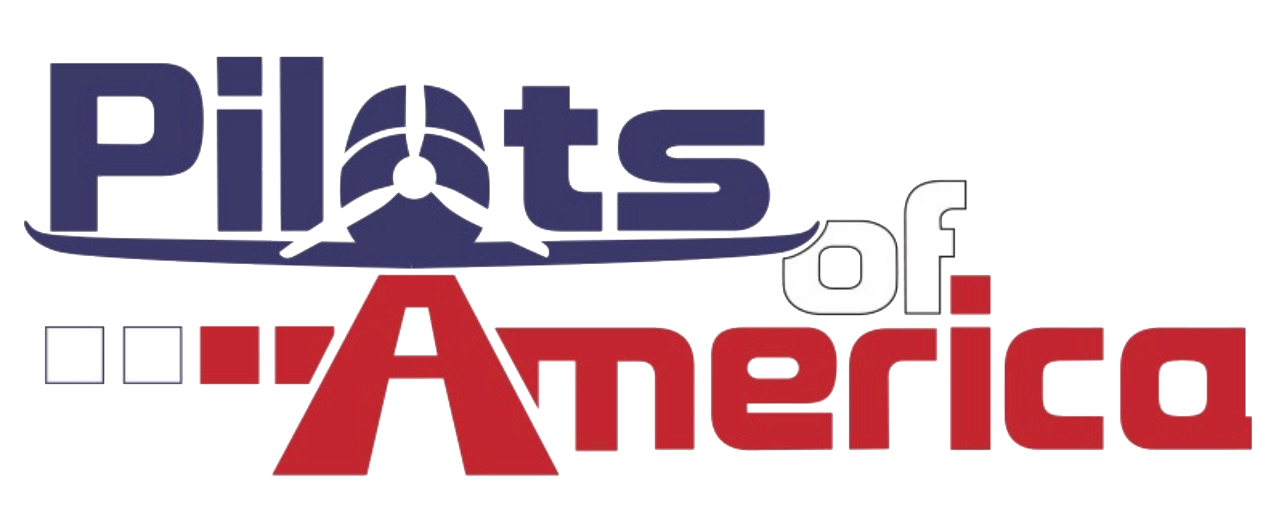Sort of. There are some plates with numbers that can only be seen by people with defective color vision. We have no way to know whether you were shown those plates, though. I doubt you were shown the entire set.
Hm, well at least there's a chance those are the plates I saw; it's either that, I've gone my whole life and 15 year career without noticing a color issue, or the fluorescent lights don't render the plates well.
Are you certain which line was being pointed at?
They pointed to the line right below a red bar, so I started reading it off. I had to approach the chart after on the way back to the exam room and I read the small labels next to the tests on the way, 20/20 was right above the red bar, the lines below weren't labeled. I was surprised they didn't have me keep reading up since I was having noticeable issue with that line.
I kinda want to go see an ophthalmologist and have them send a proper eye test in, just in case...
I’ve always been issued in office, but that’s because I knew what paperwork to bring with me for the doc to issue in office.
I wasn't asked to bring and wasn't aware I needed to bring anything. I only brought the MedXpress generated 8500-8 (didn't even have to show ID, I could have sent a friend/stranger in if I wanted).
During my exam, he went through the results and indicated the exact conditions for my deferral. He also referred me to the specific page on the guide for examiners (
https://www.faa.gov/ame_guide/dec_cons) that explained the requirements for deferral for my condition. It was 100% transparent. It's unfortunate you weren't given any more information.
I wish I'd ended up with a AME like that, hopefully the next time I choose an AME...
My answers to MedXpress & the AME's questions were all no, so I either have a problem I didn't know about (and still don't), they defer while waiting for urinalysis, or I got screwed
Thanks for the link, I'm sure it will come in handy when I find out what's up
Describe the lighting in your exam room.
(Exam/Ishihara room) A single drop ceiling 24"x48" multi-tube fluorescent fixture, I'm guessing near 3500K-4100K tubes based on the bits of outside light leaking around the closed blinds. The Snellen chart was in an alcove in the hall, it did not have any direct light falling on it.
